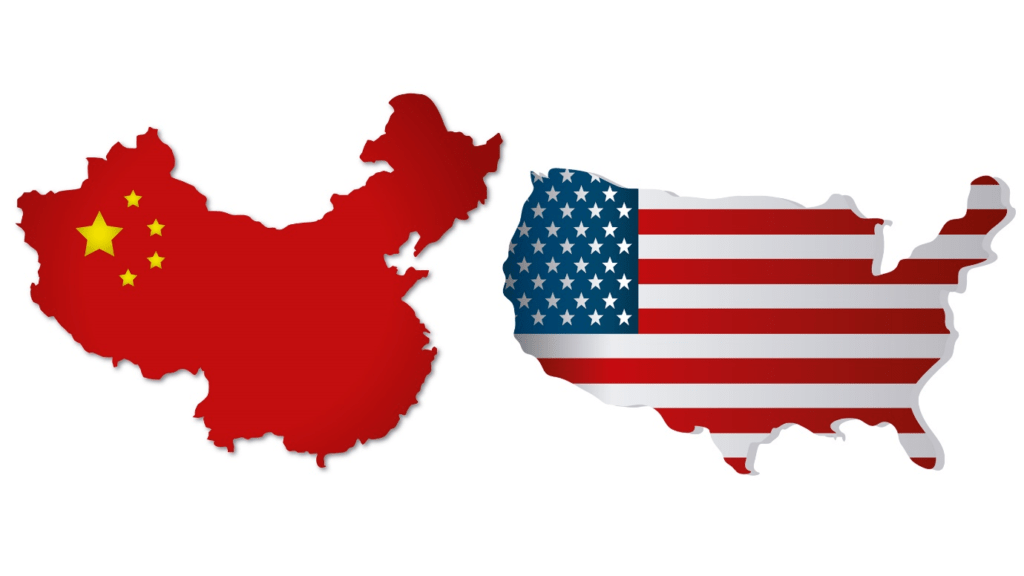
Canada Appeals for International Firefighting Aid
June 09, 2025: Canada has issued an international appeal for firefighting support as wildfires intensify across multiple provinces

December 17, 2021: -Chinese companies listed on Wall Street will likely be cut off from U.S. capital markets in the coming three years as tensions amid Beijing and Washington persist, says one global asset management firm.
This month, the U.S. Securities and Exchange Commission finalized rules to implement a law that would permit the market regulator to ban foreign companies listed in the U.S. from trading if their auditors do not comply with requests for information from American regulators.
The law was made in 2020 after Chinese regulators did not accept the requests from the Public Company Accounting Oversight Board to inspect the audits of Chinese firms that list and trade in the U.S.
Given the current level of distrust amid the U.S. and Chinese governments, and with the bilateral relationship unlikely to improve anytime, there is “no way we are going to solve this in the coming few years,” Loevinger said.
“So the reality is, by 2024, most Chinese companies listed on U.S. exchanges are not going to be listed in the U.S. anymore. Most are going to gravitate back to Hong Kong or Shanghai,” he told CNBC.
Less than six months after going public, Chinese ride-hailing giant Didi said it would start delisting from the New York Stock Exchange and plan to list in Hong Kong instead.
When a company delists from an exchange such as the Nasdaq or the New York Stock Exchange, it loses access to a broad pool of buyers, sellers, and intermediaries.
Chinese regulators were reportedly not satisfied with Didi’s decision to list in the U.S. without resolving outstanding cybersecurity concerns. According to reports, regulators told the firm’s executives to come up with a plan to delist from the U.S. because of the concerns around data leakage.
Beyond Didi, many of China’s top internet companies listed in the U.S. have already undertaken dual listings in Hong Kong. Some high-profile names include e-commerce giant Alibaba, its rival JD.com, search engine giant Baidu, gaming firm NetEase and social media giant Weibo.
We provide the insights on leaders who are responsible for taking their organization to new heights, all the while bringing together a group of talented individuals.

June 09, 2025: Canada has issued an international appeal for firefighting support as wildfires intensify across multiple provinces

May 27, 2025: Air Canada Cuts Five U.S. Routes for Winter 2025–26, Part of Broader Cross-Border Retrenchment

May 26, 2025: Trump Freezes $2.2B in Federal Grants to Harvard Over DEI, Threatens Tax-Exempt Status.

May 14, 2025: Microsoft has announced plans to reduce its global workforce by approximately 3%, affecting roughly 10,000 employees across multiple departments.

May 13, 2025: The Trump administration is considering suspending the constitutional right of habeas corpus in a bid to accelerate mass deportations.

April 29, 2025: Donald Trump’s second term has reached the 100-day mark under sustained public skepticism, with national approval ratings